During the CRC 1601 retreat in March 2025, all participants were asked to fill in the “Commuting habits questionnaire”. Out of 85-90 persons in the room 83 filled the questionnaire. This is a sufficiently representative statistics. However, it may be slightly biased towards answers that were considered socially desired, in the sense that persons who know that they would worsen the statistics might have refrained from filling the survey. We can only speculate about this and mention it here as a cautionary remark but obviously the survey was relatively complete.
Means of transportation

Use of the means of transportation. If several means of transportation were combined in commuting, only the one responsible for the highest CO2 footprint was counted.
Almost half of the CRC members use public transport for their daily commuting. Only 7 participants indicated the car as their main means.

Distance dependence of the used means of transport. Beware the logarithmic binning with distance.
Obviously walking is only reasonable on short distances. Daily biking is used up to about 10km. Longest distances are taken by public transport, not by car.
It is obvious that the smallest CO2 footprint of commuting is obtained by CRC members living closer to the institutes. However, there is room for improvement. Going by car for a distance of 4km is neither efficient in terms of overheads for looking for parking neither environmentally friendly. This should be reconsidered.
Other statistics
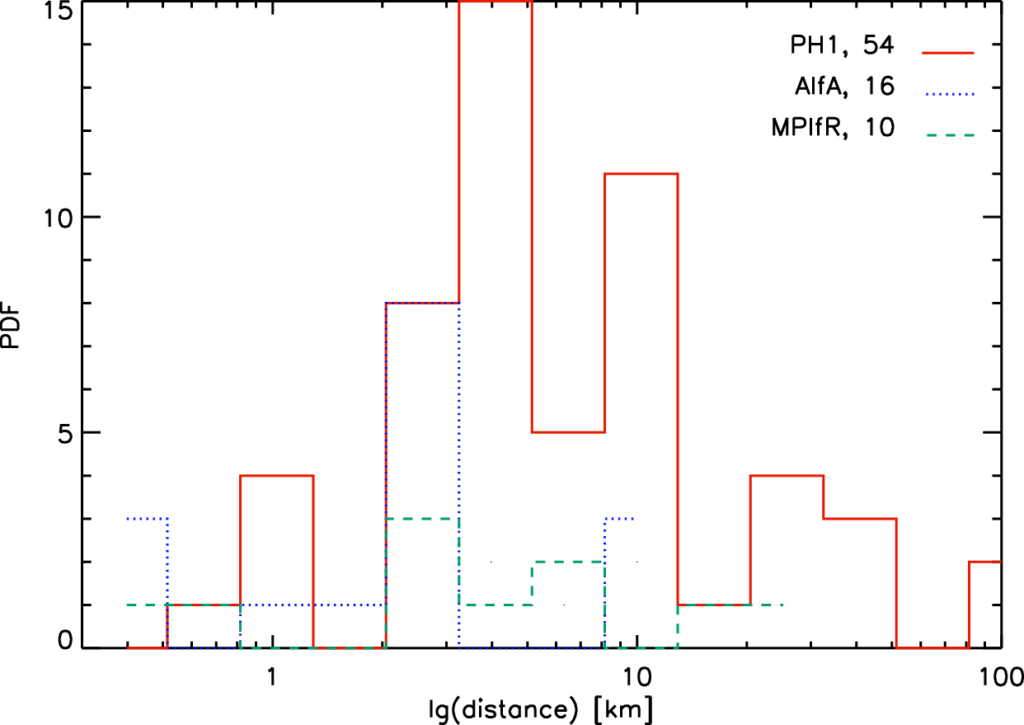
Distance dependence for the three main institutes of the CRC. The FZ Jülich was not separately counted to prevent for the identification of individuals. Beware the logarithmic binning with distance.
On average, members of the PH1 institute have longer commuting paths compared to their colleagues in Bonn.
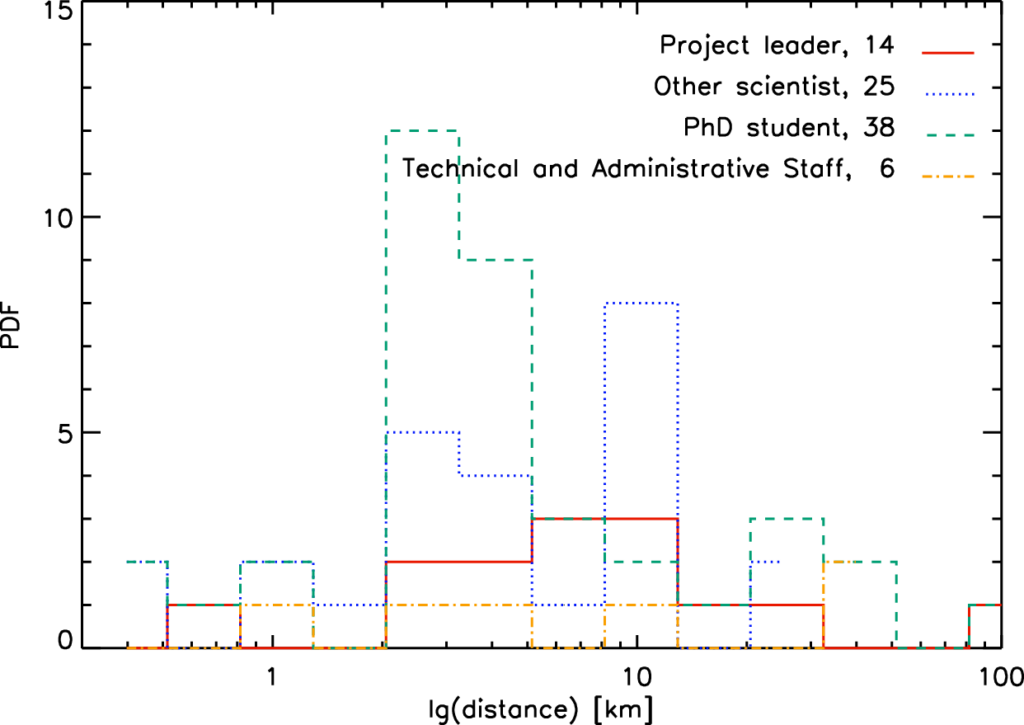
Distance dependence for the different carrier steps.
There is no significant difference in terms of the commuting distance between the different groups of personnel. Most students live only a few km away from their institutes, some distance that can be well covered by walking or bike.
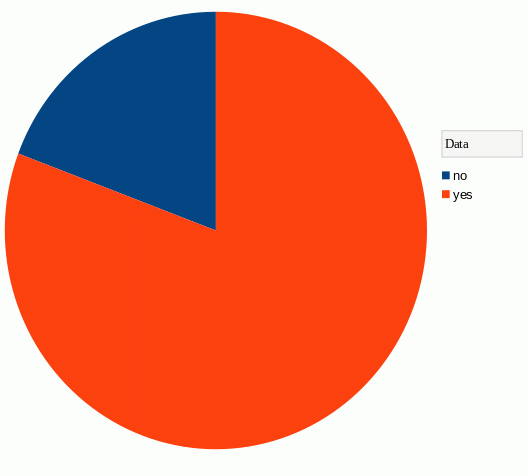
We asked whether the CRC members have a subscription for public transport like Deutschlandticket or Semesterticket.
More than 75% have such a subscription, i.e. significantly more than those that used public transport as their main means of commuting.
Taking the results of the survey, our overall CO2 budget for commuting looks very good when compared to other astronomical institutes. Focusing on the car-driven CO2 emissions like in Jahnke et al. (2020), we come to a total distance of 114080km commuted by car, resulting in an emission of 20.0t CO2 and consequently an average CO2 footprint per CRC member of 0.24t per year. The MPA Heidelberg measured 0.9t/a (2018), the IRAP Toulouse 0.7t/a (2019) and the ETH Zürich 0.34t/a (2019). To some degree our lower numbers can be explained by the relatively good infrastructure in the Cologne-Bonn area and the central location of the institutes.
Possible improvements
The following recommendations were made that would allow for more environmentally friendly ways of commuting. They are not simple copy-and-paste from the free text answers as many repeated the same ideas with different words. We only summarize them here. There are two measures that we can implement ourselves at the institute level:
- Big rain-protected bike stands at AIfA and PH1 are needed
- More home-office days should be allowed for, reducing the number of days for commuting
The larger number of requests go beyond the institute level and cover the whole infrastructure. We should try to push them e.g. through the university to ask for implementation on local and regional scales:
- Safer and better bike roads and lanes
- More reliable bus, tram and train connections
- More frequent and faster bus connections
- Cheaper single-use public transport tickets
We have included the suggestions that can be directly dealt with by the universities in our list of sustainability measures to be followed up and forwarded them to the UoC sustainability office. The more general suggestions will be presented at the 2025 sustainability day.
Questions unrelated to commuting
During the retreat we asked two separate questions that had no relation to the commuting statistics to learn about two different measures.
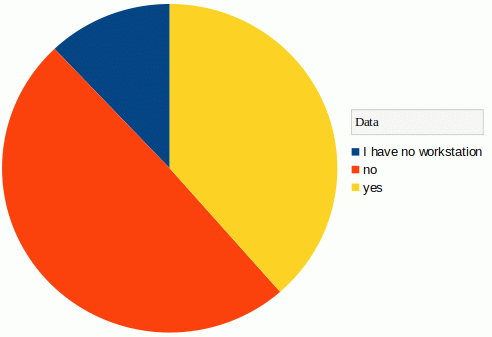
We asked whether the members regularly switch off their personal workstations or desktops during the nights.
Less than 40% of the members do so. The main motivation for letting the computer running and wasting energy is the possible need for remote access from home.
On the CRC sustainability pages we had given detailed recommendations how to solve this problem by using a Wake-on-LAN signal. Unfortunately, that information hardly propagated to the CRC members.
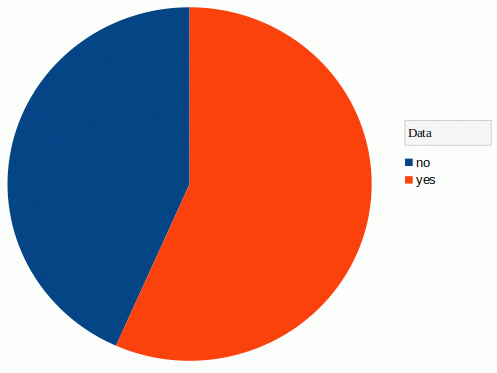
We asked who is aware of the CRC sustainability recommendation web pages.
45% of the members were not aware of them and it seems that few people carefully read them.
Some major work is still needed by the CRC Sustainability Board to get the required attention from the CRC members.
